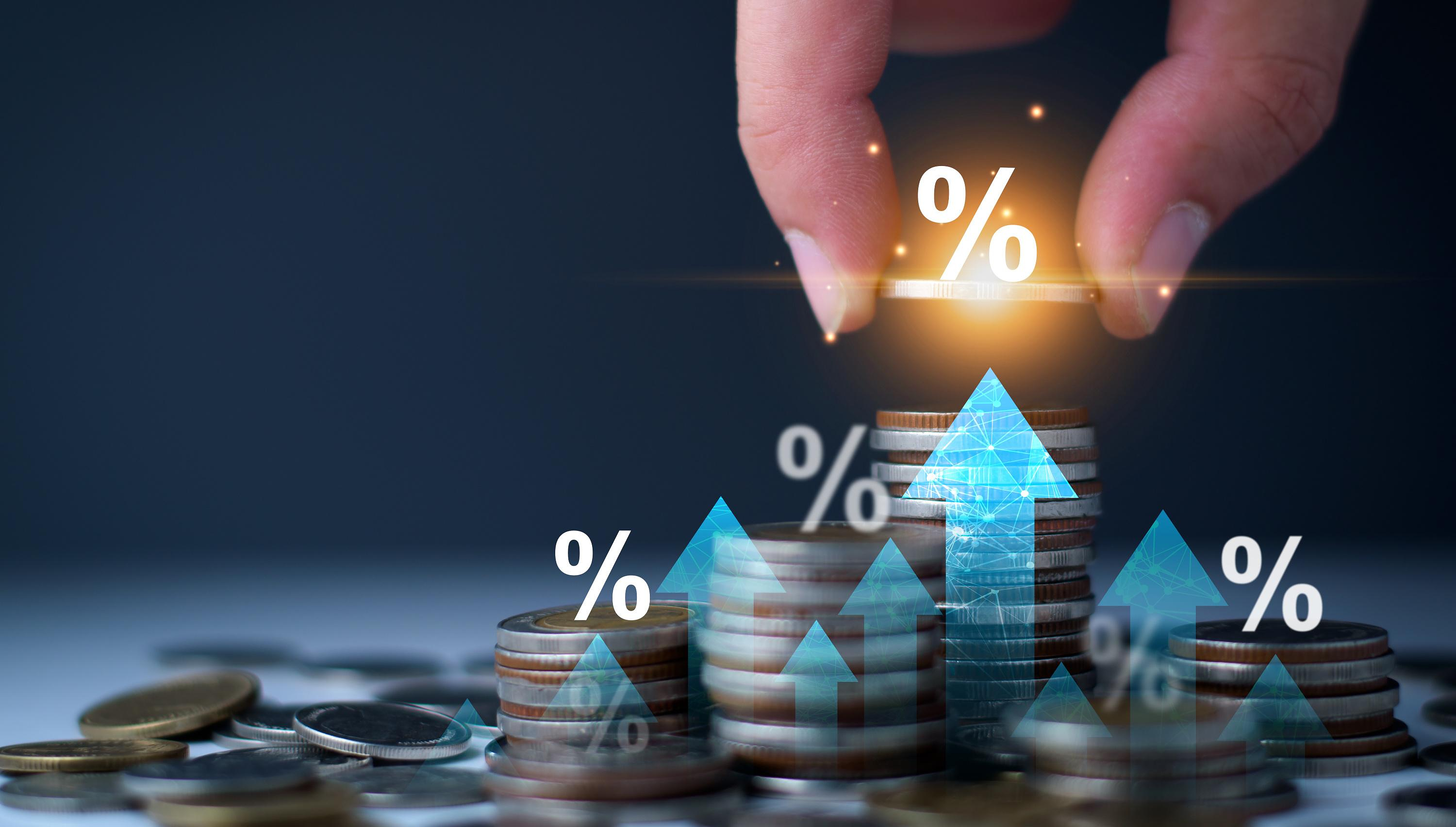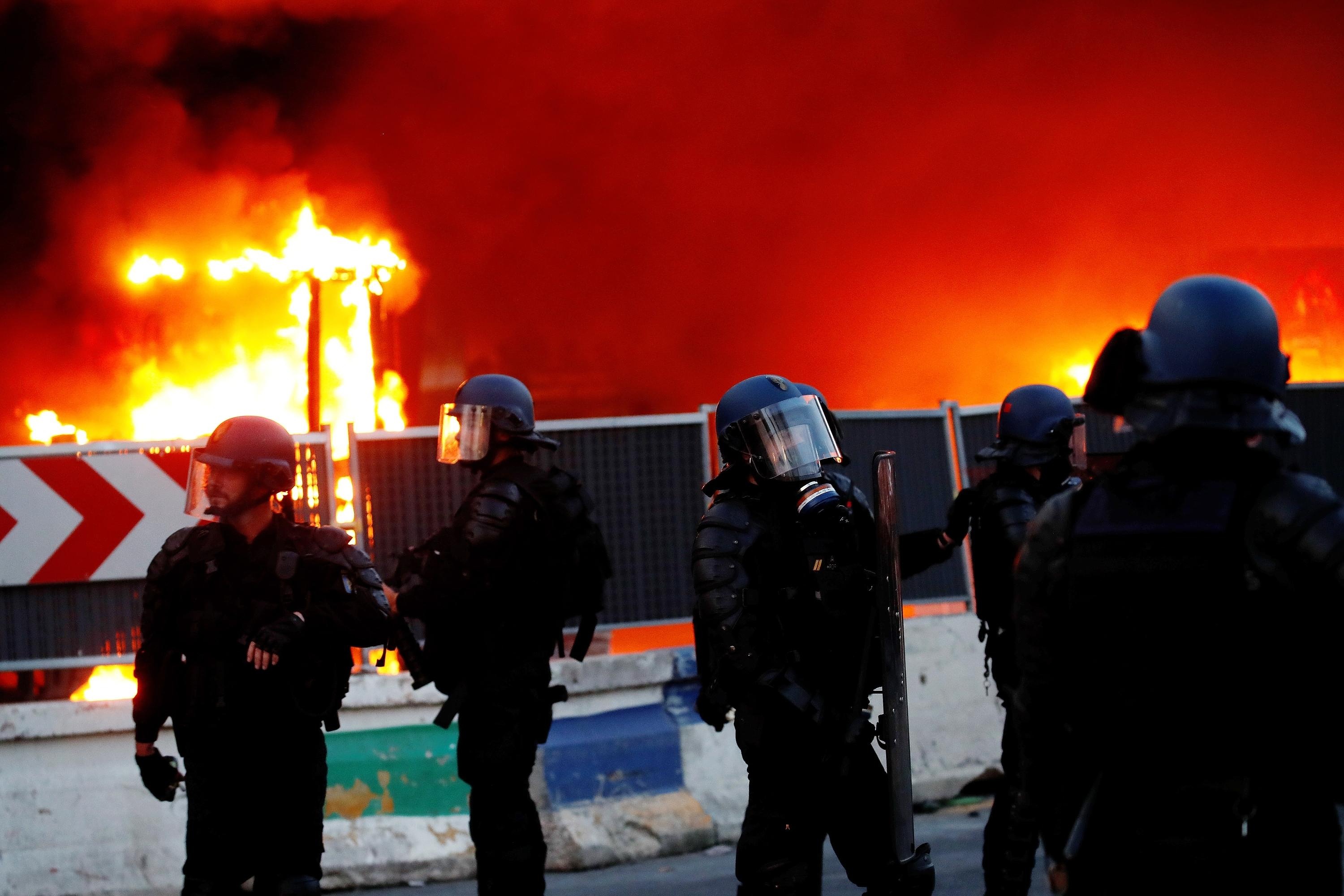The International Energy Agency (IEA) warns on Tuesday of possible tensions in Europe on the gas market, particularly in the event of a cold winter and new restrictions on the delivery of Russian gas in gas pipelines, according to a report on the outlook for the gas market in 2026. “Despite the gradual rebalancing of gas markets, risks and uncertainties weigh on the outlook for winter 2023-24,” underlines the IEA in this report.
The European Union's gas storage facilities may be almost 96% full at the start of the heating season, but the IEA is cautious about security of supply, at the heart of major fears of shortages in 2022 after the invasion of Ukraine. “A cold winter combined with reduced availability of liquefied gas (LNG, nlr)” transported by ships “and a further drop in pipeline deliveries of Russian gas could reignite market tensions, particularly towards the end of the year. winter 2023-24,” explains the OECD agency based in Paris. “The risk of price volatility, particularly in the event of a cold winter, is therefore worrying,” she added in a press release.
Since the invasion of Ukraine in February 2022, Moscow has sharply reduced its gas pipeline deliveries to the EU, pushing states to urgently reorganize their supplies. They thus increased their LNG purchases by 70% last year, more than 40% coming from the United States but also from Russia (17% of European purchases from January to July 2023). “We are in a better position” this year, but Europe is facing “at least two major challenges,” assured the head of the IEA, Fatih Birol, on September 18 in Paris. “First, if the winter is much harsher than last year (...). Secondly, Europe still receives gas from Russia, and it could be cut off any day,” he stressed. Some Eastern European countries continue to receive some Russian gas via Ukraine.
The commissioning of new LNG capacities expected in 2025-2026 “should alleviate some of the concerns linked (...) to the security of supply that the markets have been experiencing since Russia began to withhold its supplies”, indicated Keisuke Sadamori, director of energy markets and security at the IEA, quoted in the press release.
For the IEA, the global energy crisis of 2022 “marked the start of a new era for global gas markets, after a decade of strong growth between 2011 and 2021”, described as the “Golden Age of Gas ". In the future, the Agency expects a slowdown in growth in global gas demand, reaching 1.6% per year between 2022 and 2026, compared to an annual average of 2.5% between 2017 and 2021. This slowdown is driven by falling consumption in "mature markets", Asia-Pacific, Europe and North America, where gas demand peaked in 2021 and is expected to decline by 1% per year until 2026 , thanks to “accelerating the deployment of renewable energies and improving energy efficiency”.
Ultimately, rising demand will be concentrated in fast-growing Asian markets and some gas-rich economies in the Middle East and Africa. China alone is expected to account for almost half of the total growth in global gas demand through 2026.

 What is chloropicrin, the chemical agent that Washington accuses Moscow of using in Ukraine?
What is chloropicrin, the chemical agent that Washington accuses Moscow of using in Ukraine? Poland, big winner of European enlargement
Poland, big winner of European enlargement In Israel, step-by-step negotiations for a ceasefire in the Gaza Strip
In Israel, step-by-step negotiations for a ceasefire in the Gaza Strip BBVA ADRs fall almost 2% on Wall Street
BBVA ADRs fall almost 2% on Wall Street Children born thanks to PMA do not have more cancers than others
Children born thanks to PMA do not have more cancers than others Breast cancer: less than one in two French women follow screening recommendations
Breast cancer: less than one in two French women follow screening recommendations “Dazzling” symptoms, 5,000 deaths per year, non-existent vaccine... What is Lassa fever, a case of which has been identified in Île-de-France?
“Dazzling” symptoms, 5,000 deaths per year, non-existent vaccine... What is Lassa fever, a case of which has been identified in Île-de-France? Sánchez cancels his agenda and considers resigning: "I need to stop and reflect"
Sánchez cancels his agenda and considers resigning: "I need to stop and reflect" “Amazon product tester”: the gendarmerie warns of this new kind of scam
“Amazon product tester”: the gendarmerie warns of this new kind of scam “Unjustified allegations”, “promotion of illicit products”… Half of the influencers controlled in 2023 caught by fraud repression
“Unjustified allegations”, “promotion of illicit products”… Half of the influencers controlled in 2023 caught by fraud repression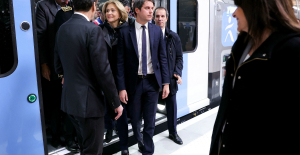 Extension of the RER E: Gabriel Attal welcomes a “popular” ecology project
Extension of the RER E: Gabriel Attal welcomes a “popular” ecology project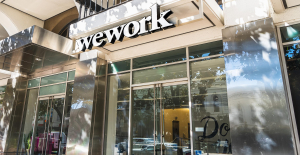 WeWork will close 8 of its 20 shared offices in France
WeWork will close 8 of its 20 shared offices in France “We were robbed of this dignity”: Paul Auster’s wife denounces the betrayal of a family friend
“We were robbed of this dignity”: Paul Auster’s wife denounces the betrayal of a family friend A masterclass for parents to fill in their gaps before Taylor Swift concerts
A masterclass for parents to fill in their gaps before Taylor Swift concerts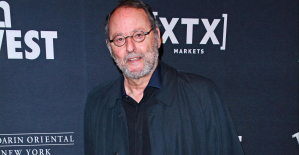 Jean Reno publishes his first novel Emma on May 16
Jean Reno publishes his first novel Emma on May 16 Cannes Film Festival: Meryl Streep awarded an honorary Palme d’Or
Cannes Film Festival: Meryl Streep awarded an honorary Palme d’Or Omoda 7, another Chinese car that could be manufactured in Spain
Omoda 7, another Chinese car that could be manufactured in Spain BYD chooses CA Auto Bank as financial partner in Spain
BYD chooses CA Auto Bank as financial partner in Spain Tesla and Baidu sign key agreement to boost development of autonomous driving
Tesla and Baidu sign key agreement to boost development of autonomous driving Skoda Kodiaq 2024: a 'beast' plug-in hybrid SUV
Skoda Kodiaq 2024: a 'beast' plug-in hybrid SUV The home mortgage firm rises 3.8% in February and the average interest moderates to 3.33%
The home mortgage firm rises 3.8% in February and the average interest moderates to 3.33% This is how housing prices have changed in Spain in the last decade
This is how housing prices have changed in Spain in the last decade The home mortgage firm drops 10% in January and interest soars to 3.46%
The home mortgage firm drops 10% in January and interest soars to 3.46% The jewel of the Rocío de Nagüeles urbanization: a dream villa in Marbella
The jewel of the Rocío de Nagüeles urbanization: a dream villa in Marbella Europeans: a senior official on the National Rally list
Europeans: a senior official on the National Rally list Blockade of Sciences Po: the right denounces a “drift”, the government charges the rebels
Blockade of Sciences Po: the right denounces a “drift”, the government charges the rebels Even on a mission for NATO, the Charles-de-Gaulle remains under French control, Lecornu responds to Mélenchon
Even on a mission for NATO, the Charles-de-Gaulle remains under French control, Lecornu responds to Mélenchon “Deadly Europe”, “economic decline”, immigration… What to remember from Emmanuel Macron’s speech at the Sorbonne
“Deadly Europe”, “economic decline”, immigration… What to remember from Emmanuel Macron’s speech at the Sorbonne These French cities that will boycott the World Cup in Qatar
These French cities that will boycott the World Cup in Qatar Champions Cup: Toulouse with Flament and Kinghorn against Harlequins, Ramos replacing
Champions Cup: Toulouse with Flament and Kinghorn against Harlequins, Ramos replacing Tennis: still injured in the arm, Alcaraz withdraws from the Masters 1000 in Rome
Tennis: still injured in the arm, Alcaraz withdraws from the Masters 1000 in Rome Sailing: “Like a house that threatens to collapse”, Clarisse Crémer exhausted and in tears aboard her damaged boat
Sailing: “Like a house that threatens to collapse”, Clarisse Crémer exhausted and in tears aboard her damaged boat NBA: Patrick Beverley loses his temper and throws balls at Pacers fans
NBA: Patrick Beverley loses his temper and throws balls at Pacers fans





